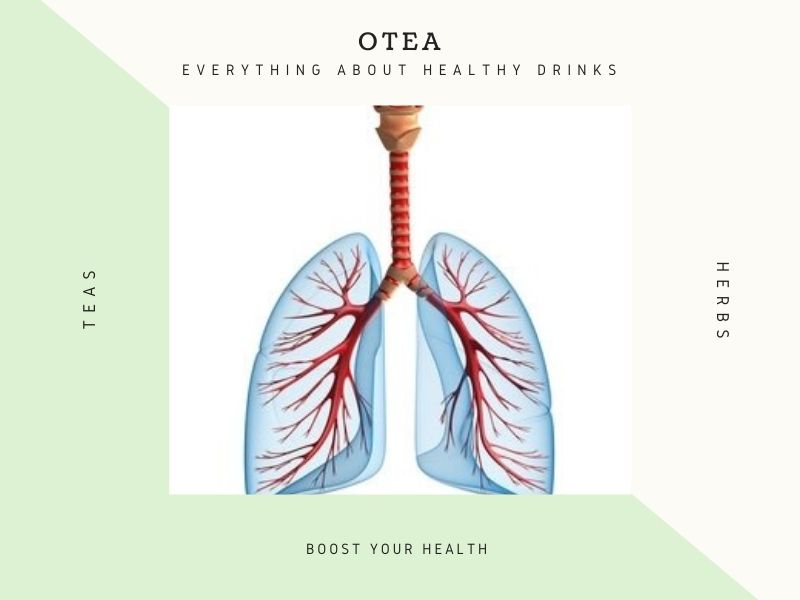Tea for cleansing the lungs and bronchial tubes
It improves lung function, has anti-asthmatic, anti-bacterial and anti-inflammatory action, promotes the expansion of the bronchi.
Respiratory system includes a plurality of entities involved in the process of gas exchange between the organism and the external environment. These bodies provide the intake of oxygen, use it for life, removal from the body of carbon dioxide.
The respiratory system consists of two parts: the upper respiratory tract – the nose, larynx, trachea; lower respiratory tract – the lungs, the bronchi.
Lungs – is the main organ of the respiratory system and one of the most important organs of our body, which ensures the normal functioning of the organism.
Lungs is an umbrella for the whole organism. They seem to protect the entire body from possible infections from the appearance of various pathologies. Easily perform the function of moisture distribution throughout the body. Lungs are responsible for the overall temperature regulation of the body – how the body reacts to temperature changes in the heat, in the cold. And lungs are responsible for the state of voice, throat, vocal cords.
Lungs are responsible for processing oxygen. The lungs provide oxygen to the body and removal of carbon dioxide therefrom. Lungs are responsible for the intake of vital energy, and the heart is responsible for the blood, ensuring its normal movement. With a lack of vital energy occurs weakness of the heart functions. And because of the slowing of blood flow appear clots. If the function of the heart is weakened, the stagnant blood vessels in the lungs, causing coughing and dyspnea (cardiac asthma), i.e. mucus accumulates in the lungs. Mucus is a waste material of our cells and viruses.
Lungs – lord of the whole body’s energy. Respiratory activity accelerates energy in the body, controlling the lowering it down, and by participating in the exchange of water with the kidneys.
Signs of the “defeat” of the channel lungs: chills, fever, shortness of breath, dry throat, nasal congestion, cough, headache, dizziness, a rush of blood to the head, sensation of fullness in the chest, abdominal, periodic diarrhea, discoloration of urine, itching, skin disorders, pain in the chest, back, shoulder blade, shoulder; hot to touch a hand, hot or cold sweats, increased sensitivity to cold.
Respiratory include path, conducting air (nose, throat, windpipe) and proper respiratory part – lungs. To study function of the lung respiratory measured by the so-called vital capacity. It is an average of 3.5 liters in men and 2.7 liters in women. At rest, a person makes 16-18 breaths in 1 minute. For each inhalation into the lungs receives about 500 ml of air. For 1 min. alone a person inhales and exhales 6-9 liters of air, and during exercise 80-100 liters.
The overall incidence of pulmonary system remains at a relatively high level. This is due primarily to two factors – a decrease in the immune protection of the population and a significant change in the pathological process of clinic (increase obliterated and the number of chronic diseases).
Respiratory diseases account for about 12% of the total morbidity are therefore relevant as a medical and social problem.
The most common are acute and chronic rhinitis, laringofaringity, tonsillitis, adenoid vegetation, sinusitis, bronchitis, pneumonia, bronchial asthma. But in the last decade have proliferated dysplastic changes in the epithelium of the bronchial tree.
The most common complaints of these patients are dry or wet cough, shortness of breath, limitation of inhalation and exhalation, frequent bouts of breathlessness. This leads to disruption of oxygen to the body and participate in the metabolic processes at the cellular and tissue levels. There is a so-called oxygen starvation of the tissues (hypoxia) and accumulation of oxidized products (lipids, proteins), leading to disruption of the structure and function of cells. The patient is reduced resistance to adverse factors, the immune system is weakened dramatically, and as a result of circulatory failure develop cardiovascular disease.


